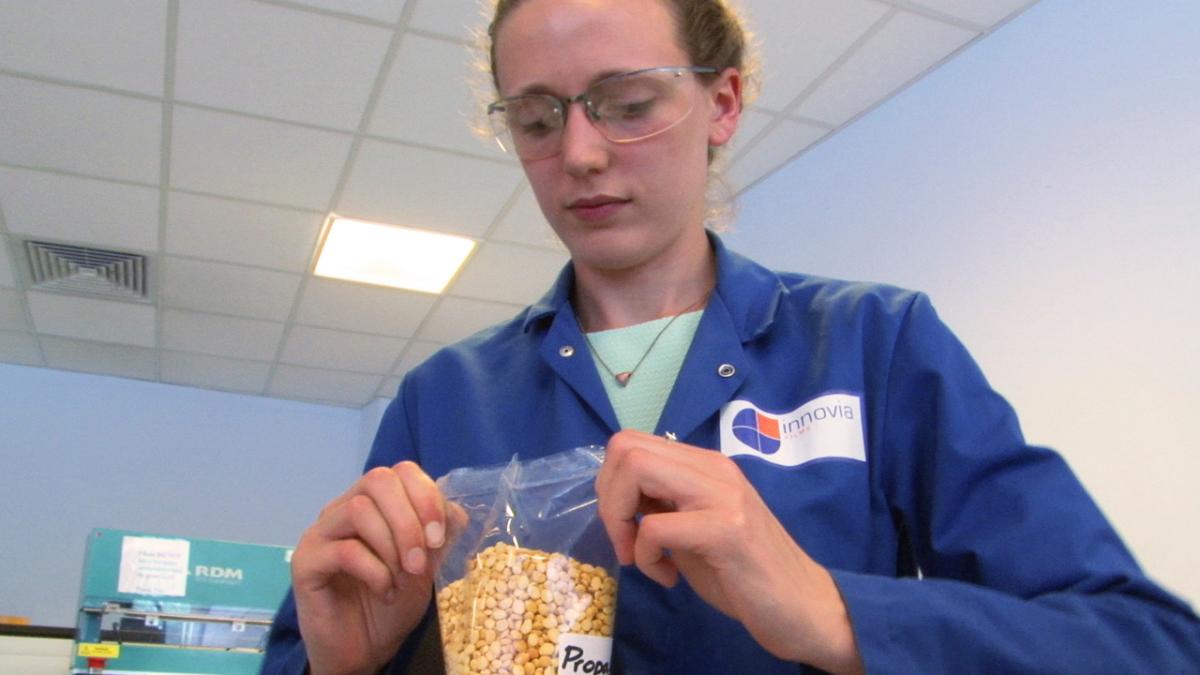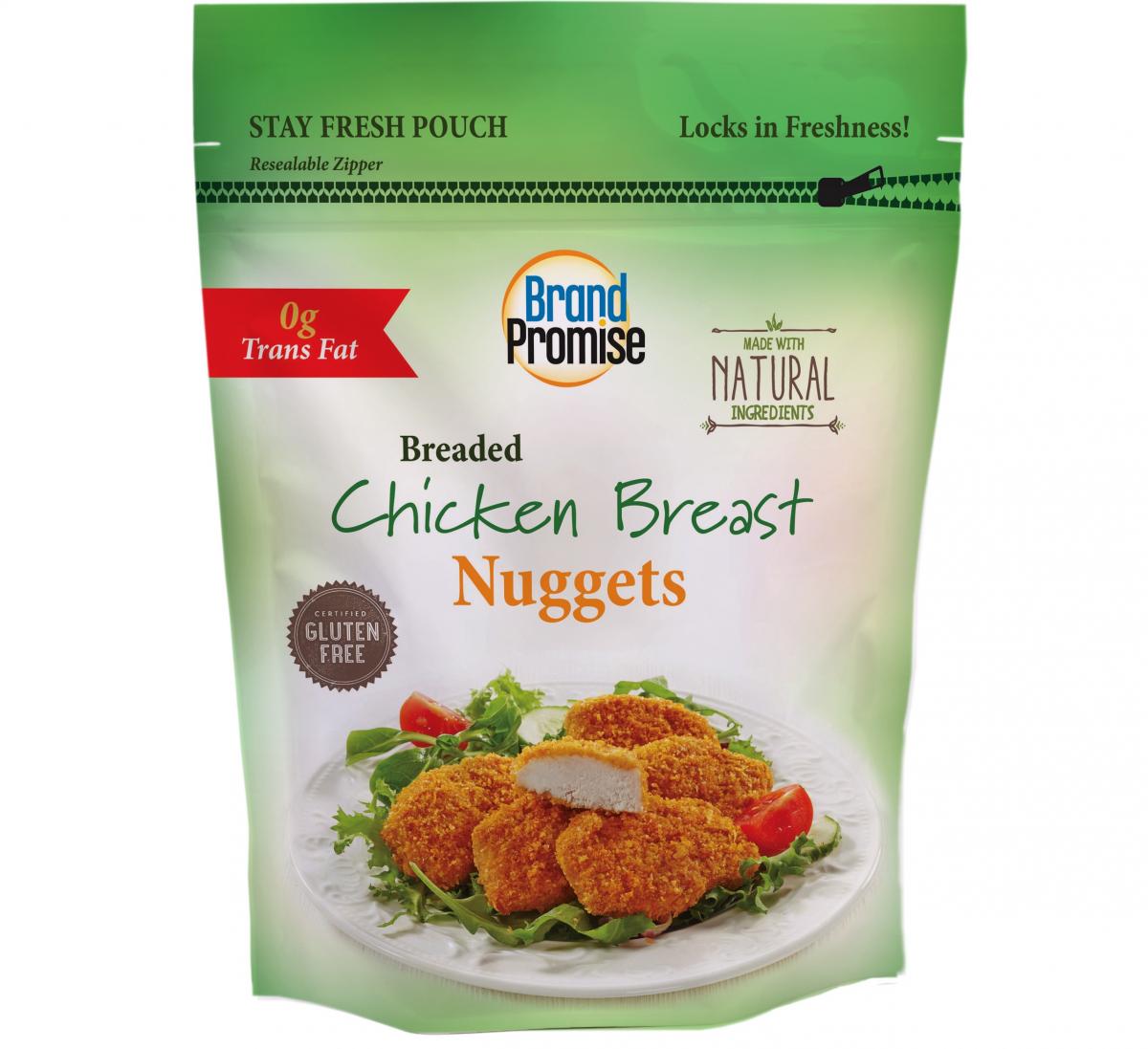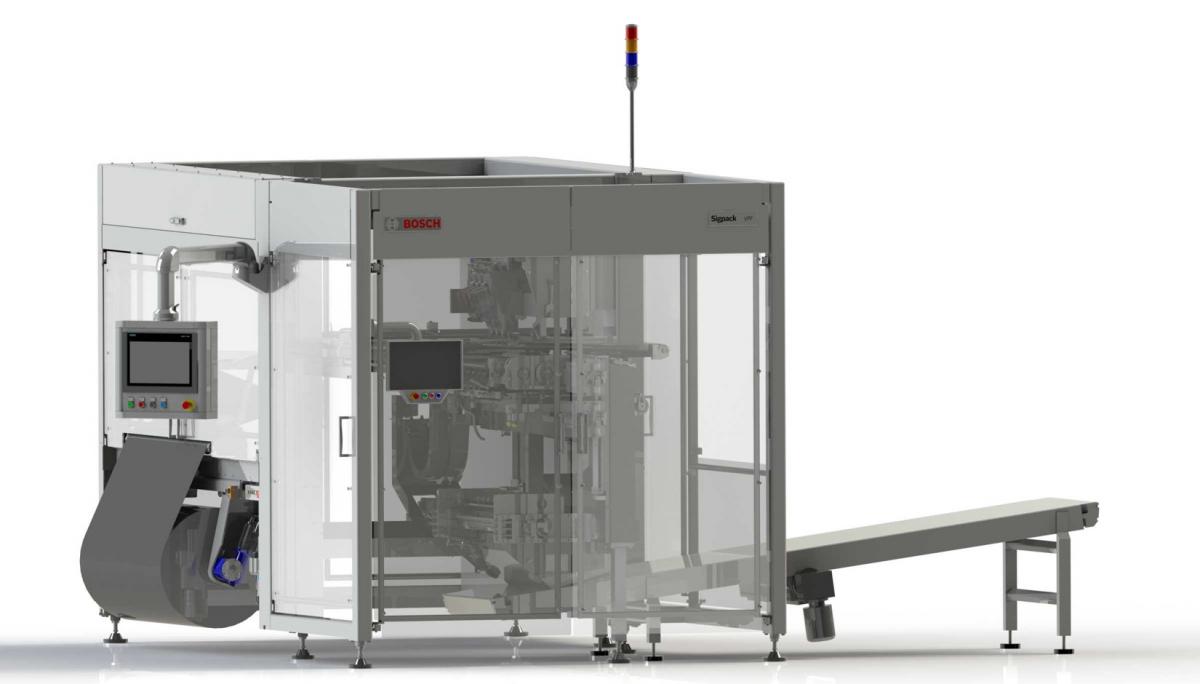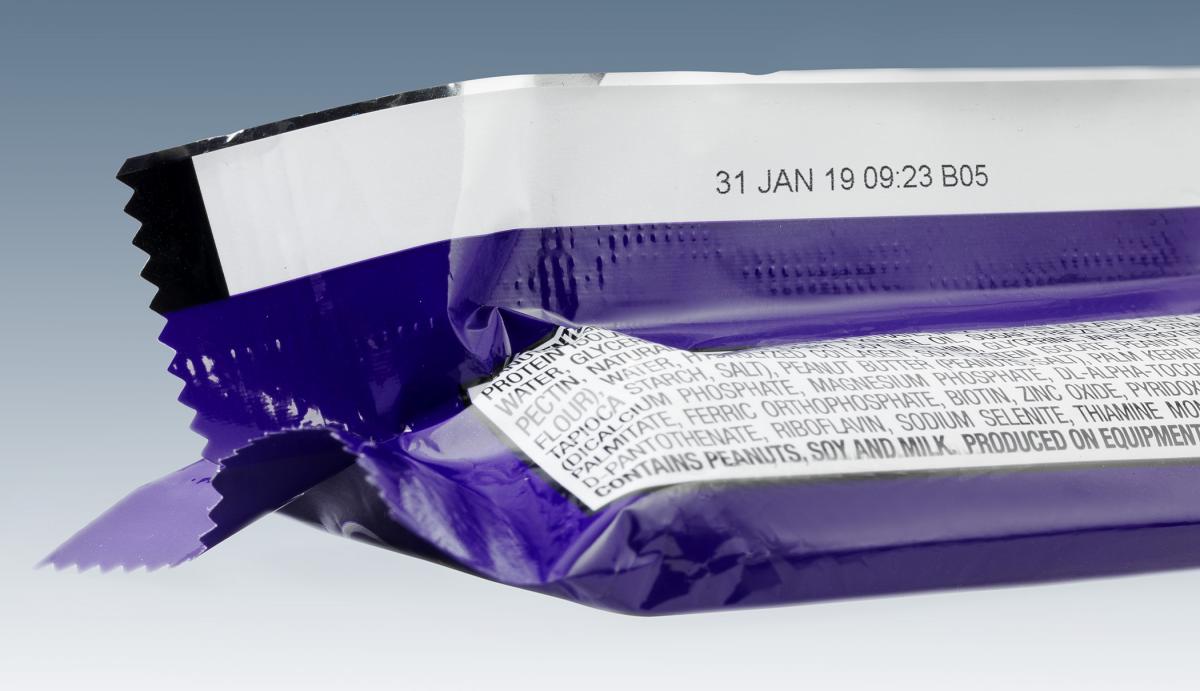THE GLOBAL food packaging market will grow from $14.4 billion in 2015 to $17.3 billion in 2020 at a CAGR of 3.6 percent from 2015 to 2020, according to BCC Research in its report Global Markets for Food Processing and Food Packaging Equipment. The US-based firm also expects the food processing market to increase from $11.2 billion in 2015 to $14.2 billion in 2020 at a CAGR of 4.8 percent during the same period. In relation to this trend, the market for equipment used in these industries will reach some $31.5 billion by 2020 from $25.7 billion in 2015.
Packaging manufacturers are introducing customer-driven innovations for the food and beverage industry, their largest market. One of the more significant trends is the availability of smaller packs and single serves made in response to demand for convenience foods sold in reduced portions.
“Luxuriate”
In an article on packaging, Maria Ferrante, senior director for Marketing & Communications at PMMI, talks about premiumization, a trend that keeps evolving relative to the needs of consumers.
There are myriad ways to make food attractive through packaging, thanks to the various formats, labelling, and new technologies available for great packaging. Plus, an innovation can be as practical as meeting a demand for packaging that is easy to open. While this may sound simple enough, it is a very important feature to consumers.
Innovia recently introduced a food packaging film that will make pouches a breeze to open. Its Propafilm™ RCP, part of Innovia Films’ portfolio of peelable Biaxially Oriented Polypropylene (BOPP) films, is now available in 52 and 60 microns. This film range now includes heavy duty, high barrier and snap wrap options.

Innovia Films’ easy-to-open Propafilm™ RCP BOPP food packaging film is a solution for wrap rage (Photo: Innovia)
Unlike other films, the Propafilm™ RCP has seals that are easy to open even by children, the elderly, or those with physical limitations. According to the company, consumers don’t have to exert much effort or to use scissors or other sharp implements to unseal a product made with its film packaging.
“Brand owners are waking up to the fact that easy-open is increasingly becoming a major purchase consideration for consumers, especially those with reduced dexterity,” says Amaia Cowan, Innovia Films’ Product Manager - Speciality Packaging Films. “We have listened to consumers who often complain about the difficulty of getting into conventional packaging. Our easy-to-open packaging range makes their life that little bit easier. Rest assured, these films continue to protect the products they wrap while providing an enhanced product experience.”
From a product packer point of view, achieving this easy opening could not be simpler: the seal strength is consistent every time and the film can be used on existing packaging machines without any adjustments required, according to Innovia.
Another key benefit of using Propafilm™ RCP is that product spillage can be significantly reduced. With traditional films, opening packs often results in the packaging tearing so that the food spills or scatters. Propafilm™ RCP provides reliable clean and neat opening, without destroying the pack. In addition, because the pack remains intact, resealing also becomes an option, when a label is applied. This allows products to be kept tidily in kitchen store cupboards.
Propafilm™ RCP films have been designed and developed on proven technologies. The acrylic coating ensures a broad sealing range, which enables a wide packaging operating window and good machinability in all standard formats: flow wrap, vertical form seal or overwrap. Their moisture and aroma barrier properties make them an ideal choice to preserve many food items, including dried and chocolate based products.
“Adored, not abandoned”
Printpack has also developed a packaging that is easy to tear open, plus the added benefit of being compliant with How2Recycle store drop-off recycling stream in the United States. Its polyethylene pouch features customizable moisture barrier, oxygen barrier and closure options. The technology is the latest addition to the company’s collection of solutions that support the reduction of food waste, and therefore, sustainability, throughout food product lifecycles.
“CPGs want to see their brands adored, not abandoned,” says Mark Brogan, Director of Technology and Innovation at Printpack, a privately held manufacturer of flexible and specialty rigid packaging based in Atlanta, Georgia. “By offering a full range of packaging solutions that slow the degradation of food content, we can help brands gain greater consumer preference and stronger loyalties. Ensuring freshness from the first serving to the last not only builds brand appeal, it also supports industry-wide efforts to fight food waste and achieve greater sustainability.”

The polyethylene pouch from Printpack features customizable moisture barrier, oxygen barrier and closures options
The company offers a wide range of stand-up, shaped, spouted and fitmented pouches, wicketed bags, flat-bottom bags, rigid plastic packaging and lidding. Re-sealable closures, advanced coating technologies, laser scoring and clear barrier solutions that protect against oxygen, moisture and UV light enable brands to design a package that minimizes food waste. Customers seeking these solutions are ushered through a special consultative process that considers their market needs, necessary barrier properties to prevent food adulteration, and the latest reclosable features to enhance the consumer experience.
An award-winning FFS machine
Bosch Packaging Technology recently won the German Packaging Award 2016 for the protoype Sigpack VPF (Vertical Platform for Flat Pouches), a form-fill-seal machine for flat pouches. This first freely scalable flat pouch machine impressed judges for the innovative overall concept and technical execution. In particular, the scalability offered by the machine which allows manufacturers to switch production at any time from one line to as many as 12, signals a completely new approach within this segment.

The vertical packaging machine Sigpack VPF offers great scalability and high dosing accuracy
Adaptable to customer needs
Two important features make the Sigpack VPF from Bosch a revolutionary concept for the filling of flat pouches: The equipment stands out because it breaks new ground in terms of scalability, and this makes it flexible enough to adapt to whatever the customer requirements may be. Manufacturers from the food and pharma industries will, therefore, be able to tailor production to current market conditions. As well as the option to expand production from two to 12 lines, the size of the bags can be quickly adjusted, too. A further benefit of the Sigpack VPF is its innovative dosing system, whereby each line has its own dosing chamber and its own stock of product. This means for example two products can be filled on the same machine at the same time.
Solvent ink for flexible packaging
For high-resolution text, logos and barcodes on non-porous packaging materials, Videojet Technologies developed a solvent ink that won’t rub off easily. It is an option for the food and beverage market where customers require absence of methyl ethyl ketone (MEK). The ink dries on these materials within one to two seconds, and is suitable for printer integration in to web production processes.
“This ink has been specifically formulated to improve adhesion on several consumer packaging substrates, particularly materials common in glossy packaging or flexible films. The new Flex Solvent ink opens up new opportunities to mark more durable codes on substrates that were previously difficult to mark, such as bi-axially oriented polypropylene (BOPP),” says Heidi Wright, Business Unit Manager, Supplies, at Videojet.

The new Flex Solvent ink improves coding adhesion on flexible packaging substrates
“Extensive tests were performed on a number of substrates to verify enhanced adhesion and faster dry times. Videojet continues to invest in Ink Research and Development, and we are very pleased that this new formula has unlocked ways to help our customers print on a wider range of materials.”
The Flex Solvent ink can be used in the current Wolke by Videojet range of Thermal Ink Jet (TIJ) printers, including the 8510, m600 touch, m600 advanced and m600 oem printer models. The inherent simplicity, uptime and print resolution of TIJ, combined with the simple usability of the Videojet and Wolke controllers, make these printers ideal for a range of packaging applications.
Air Jordan
 iConnectHub
iConnectHub
 Login/Register
Login/Register Supplier Login
Supplier Login


























